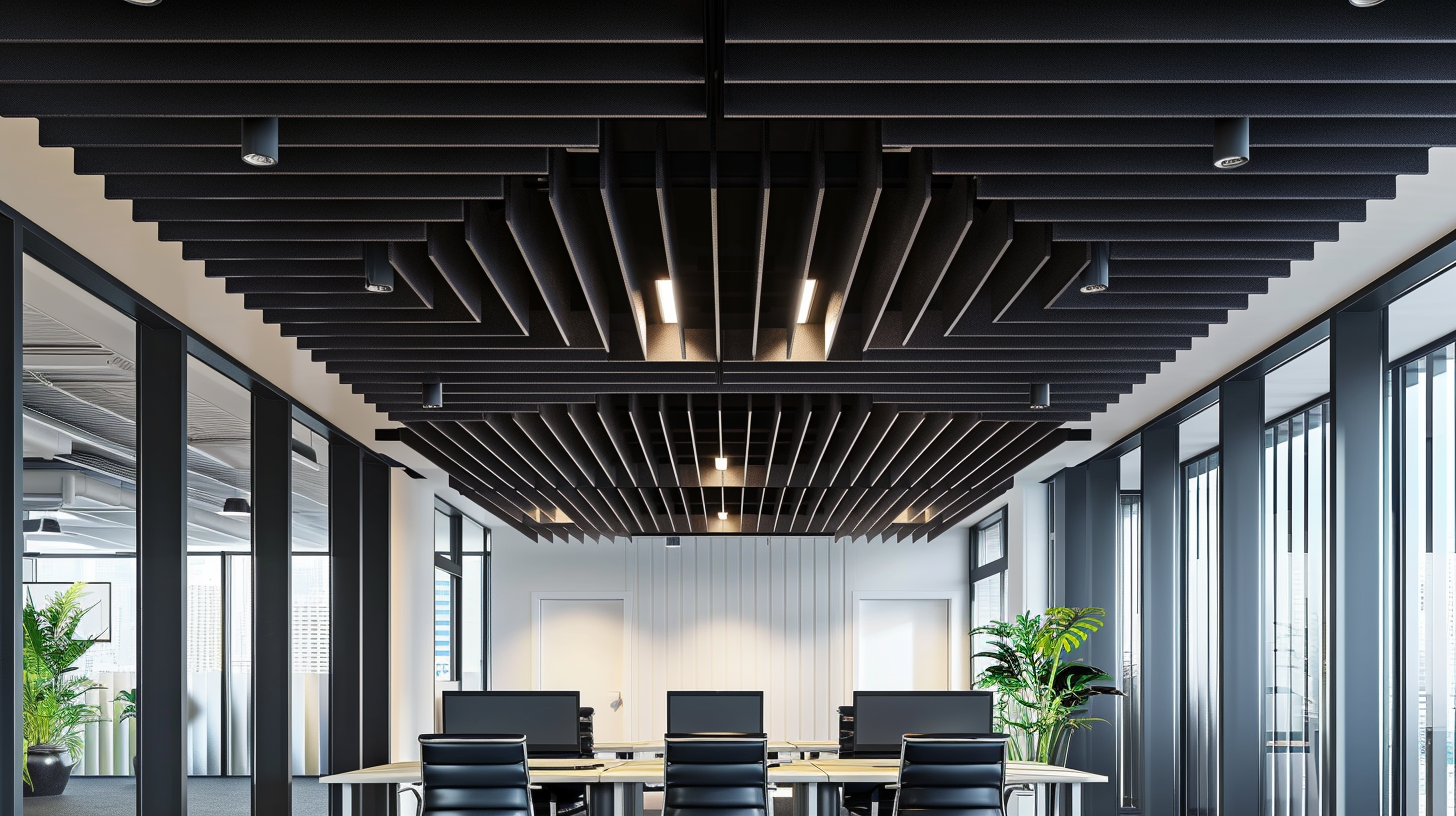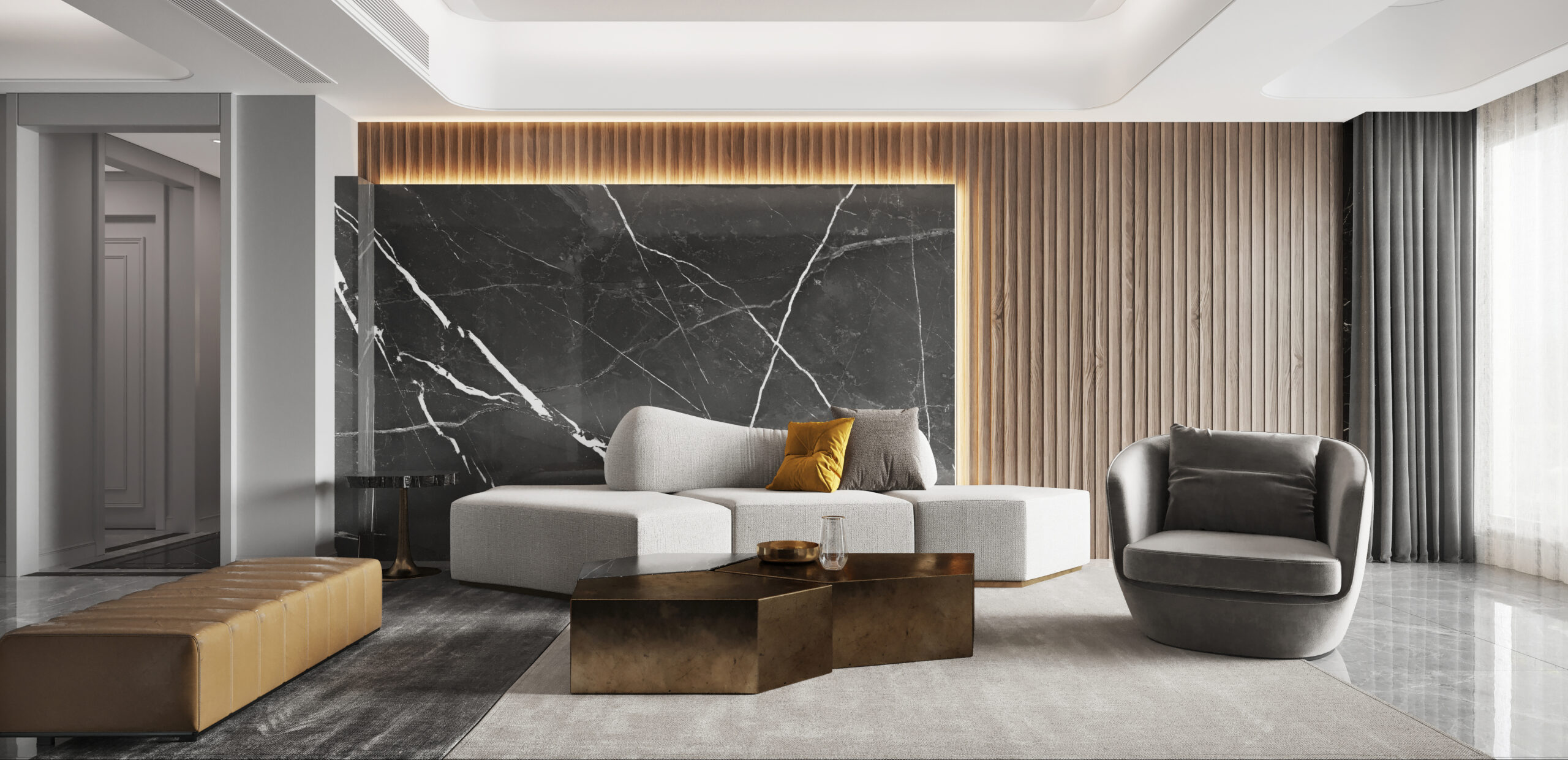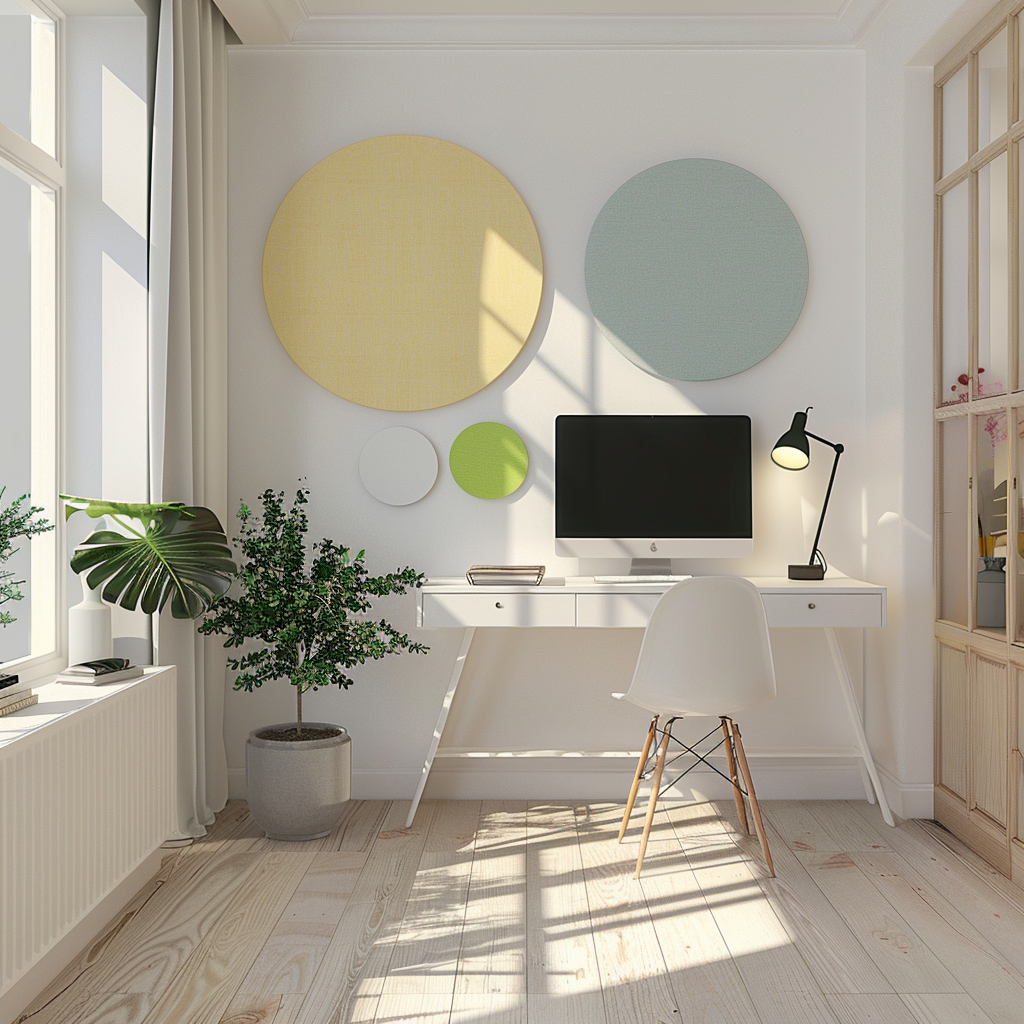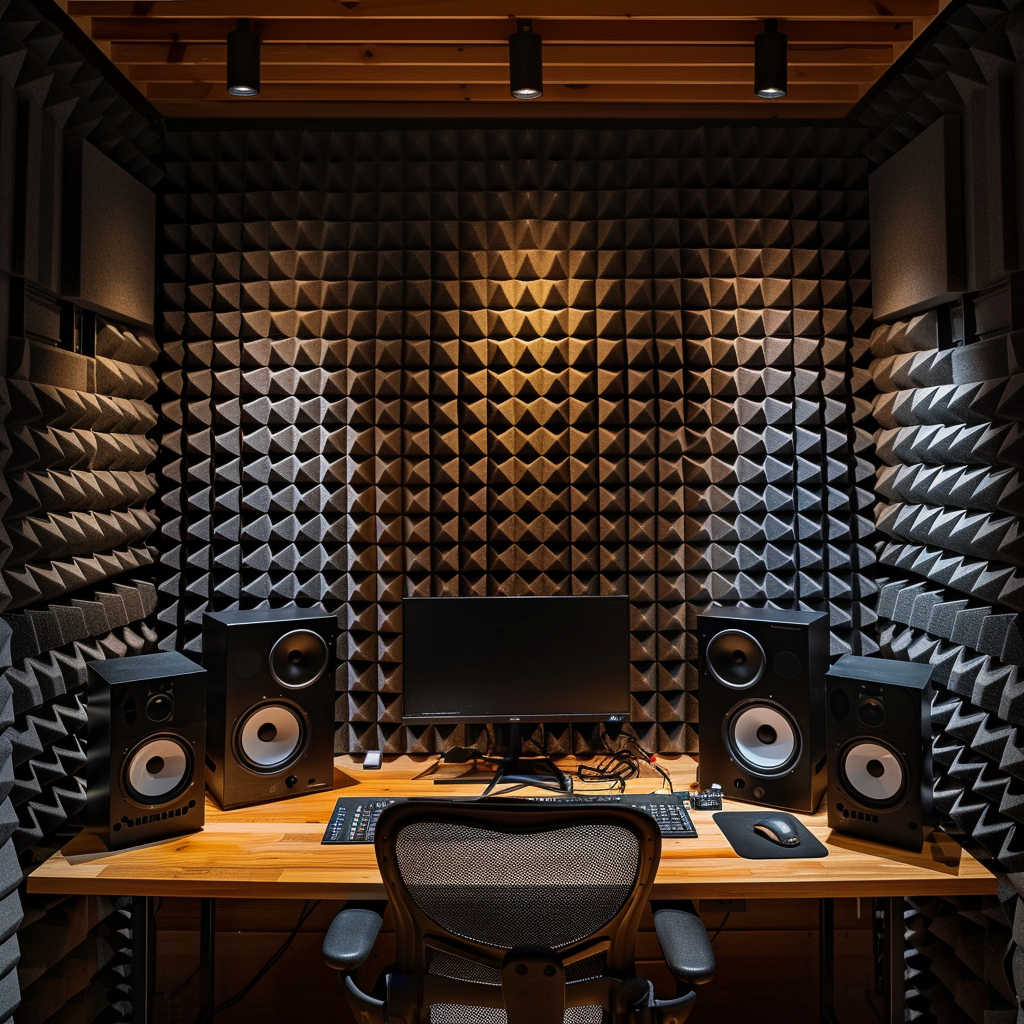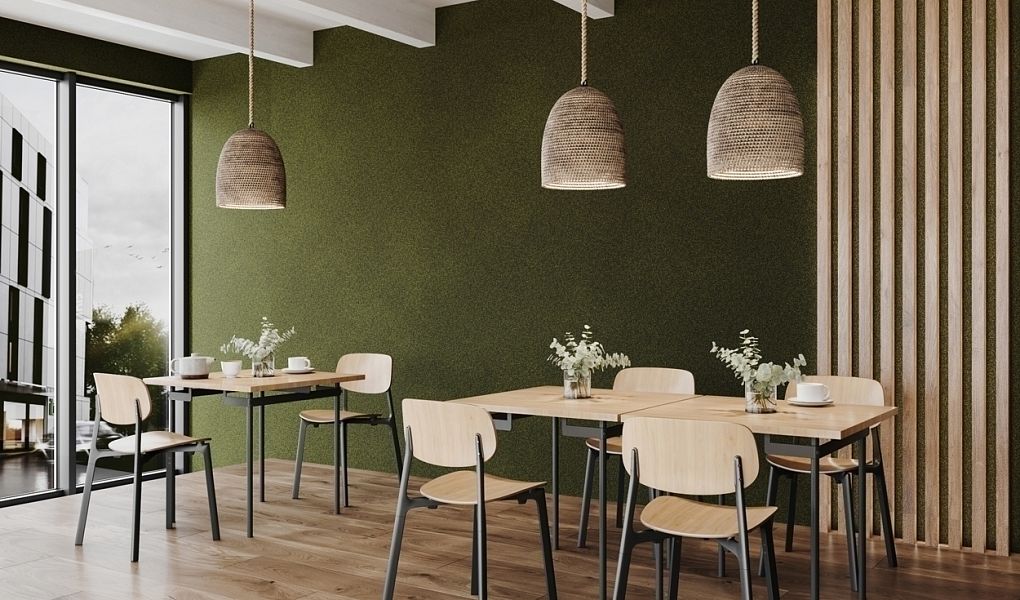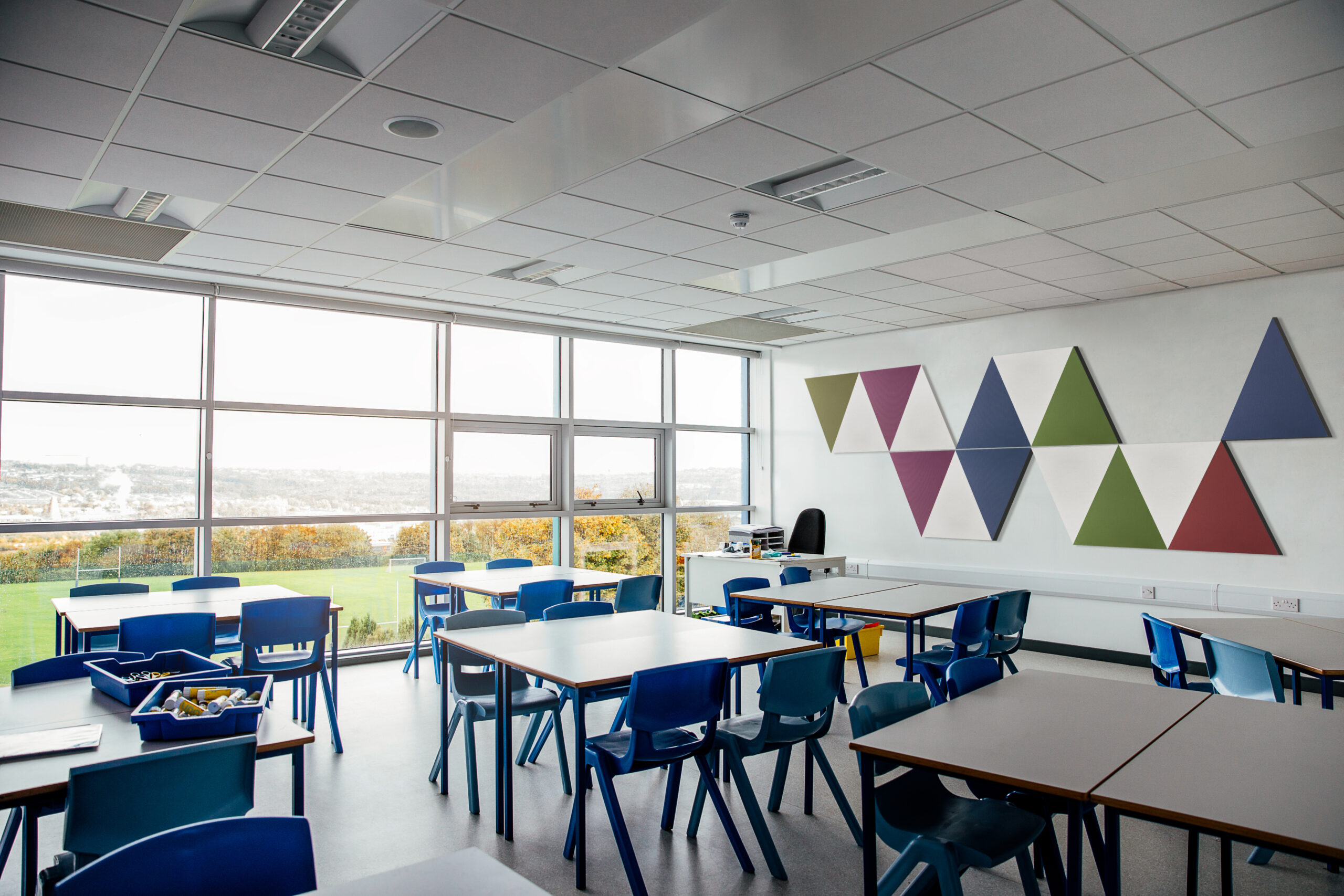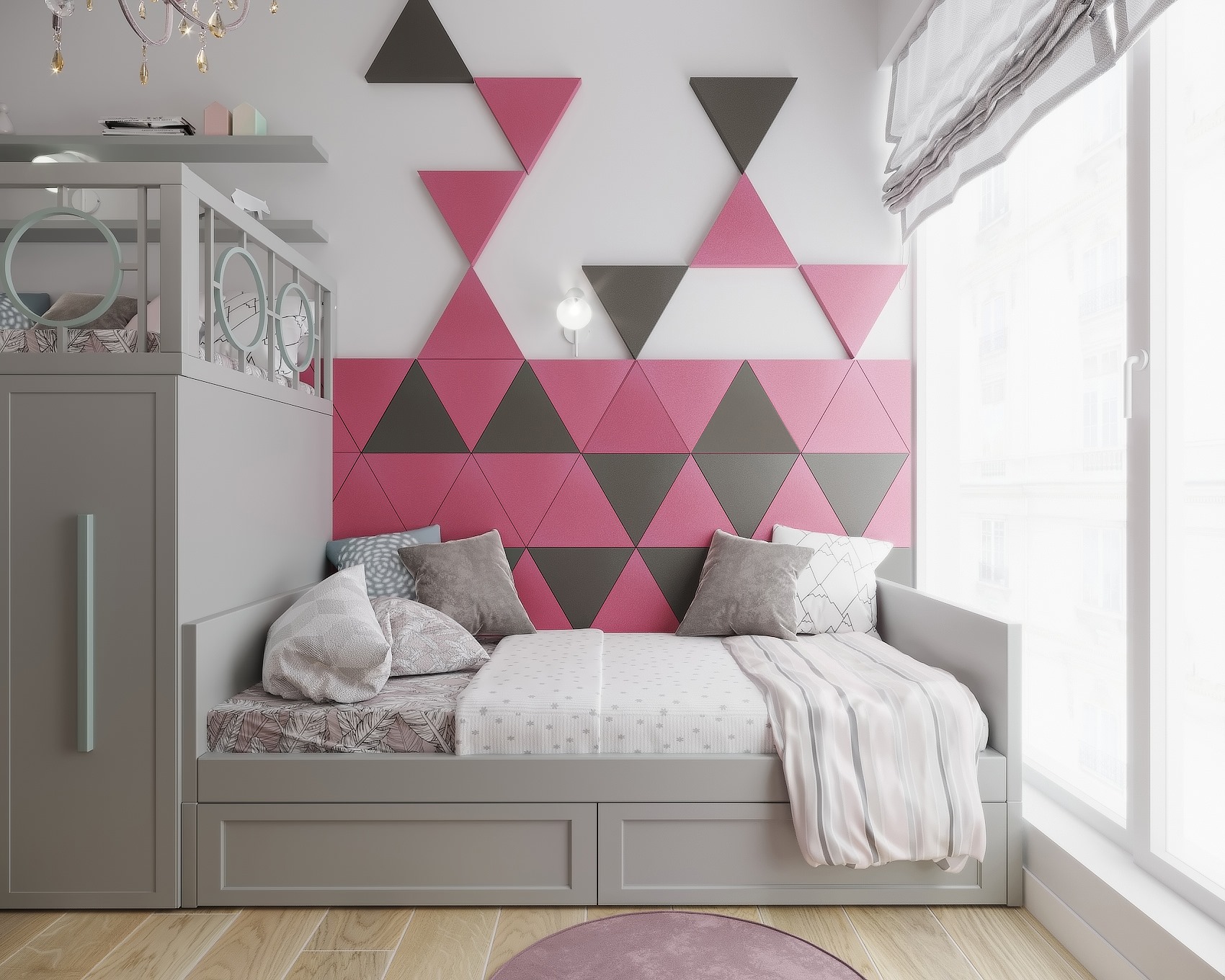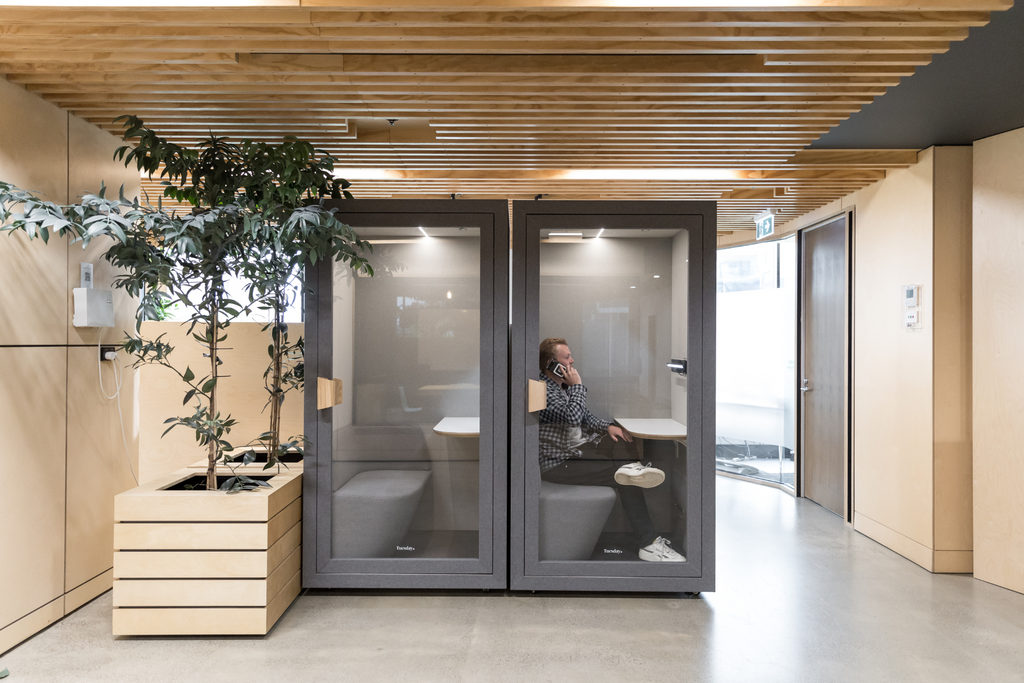
Unlocking Better Acoustics: The Key Role of Reverberation Reduction
Understanding Reverberation and Its Impact on Acoustics
Reverberation is a crucial element in acoustics, influencing how sound behaves within a space. This post provides an overview of reverberation and its impact on acoustic environments.
Reverberation is the persistence of sound after the original sound has ceased, occurring when sound waves reflect off surfaces before being absorbed or dissipated.
The reverberation time, the time for sound to decay, can profoundly affect the acoustic experience. In small, absorbent rooms, reverberation time is short, resulting in a “dry” or “dead” sound. In large, reflective spaces like cathedrals, reverberation time is longer, creating a more reverberant, “live” environment. Reverberation can impact speech clarity, room perception, and music quality.
We must always consider reverberation when designing spaces for various purposes, such as recording studios, restaurants, classrooms, offices, and performance venues. Understanding reverberation principles allows creating optimal acoustic environments that enhance the experience and support a space’s intended use.

How Excessive Reverberation Can Negatively Affect Your Space
When designing or renovating a space, the acoustic properties of the environment are often overlooked. However, intense reverberation can have a detrimental impact on the functionality and comfort of a room. In this informative blog section, we will explore how excessive reverberation can negatively affect your space and provide guidance on mitigating this issue.
Reverberation, the persistence of sound in an enclosed area, is a natural phenomenon. However, when it becomes disproportionate, it can create several problems. Prolonged reverberation can lead to poor speech intelligibility, making it difficult for occupants to communicate effectively. This can be particularly problematic in spaces such as meeting rooms, classrooms, or offices where clear communication is essential.
Furthermore, excessive reverberation can contribute to increased noise levels, creating an uncomfortable and distracting environment. This can have a negative impact on productivity, concentration, and overall well-being. Spaces with high reverberation times often feel “hollow” and echoey, which can be visually and aurally unpleasant.
To address overbearing reverberation, it is crucial to incorporate acoustic treatments and design strategies that absorb sound and control the reflections within a space. This may involve the use of sound-absorbing materials on walls, ceilings, or floors, as well as the strategic placement of furniture and other furnishings to minimise reflections.
By understanding the impact of excessive reverberation and taking proactive measures to address it, you can create spaces that are not only visually appealing but also acoustically optimised for the comfort and productivity of the occupants.
Proven Methods to Reduce Reverberation and Enhance Acoustics
When it comes to optimising the acoustics of a space, reducing reverberation is a key consideration. Excessive reverberation can lead to poor sound quality, making it difficult for listeners to clearly hear and understand speech or music.
Acoustic Absorption: Strategically placing sound-absorbing materials, such as acoustic panels, curtains, or carpeting, can help to reduce reverberation by absorbing sound waves rather than allowing them to reflect off hard surfaces. Careful placement of these materials can target problem areas and improve the overall acoustic balance.
Diffusion: Introducing diffusive surfaces, like perforated or textured panels, can help to scatter sound waves in multiple directions, preventing pervasive reflection and creating a more natural, enveloping sound. Diffusion is particularly effective in larger spaces with parallel walls.
Optimising Room Geometry: The shape and dimensions of a room can significantly impact its acoustics. Angled walls, irregular ceiling heights, and strategic placement of sound-reflecting and sound-absorbing surfaces can all contribute to enhanced acoustics and reduced reverberation.
Acoustic Treatments: Specialised acoustic treatments, such as acoustic baffles, wall panels or rafts, can be used to target specific frequency ranges and address issues like low-frequency rumble or flutter echoes.
By implementing these proven methods, you can create a more controlled and balanced acoustic environment, ensuring that speech, music, and other audio content are clearly heard and enjoyed by your audience.
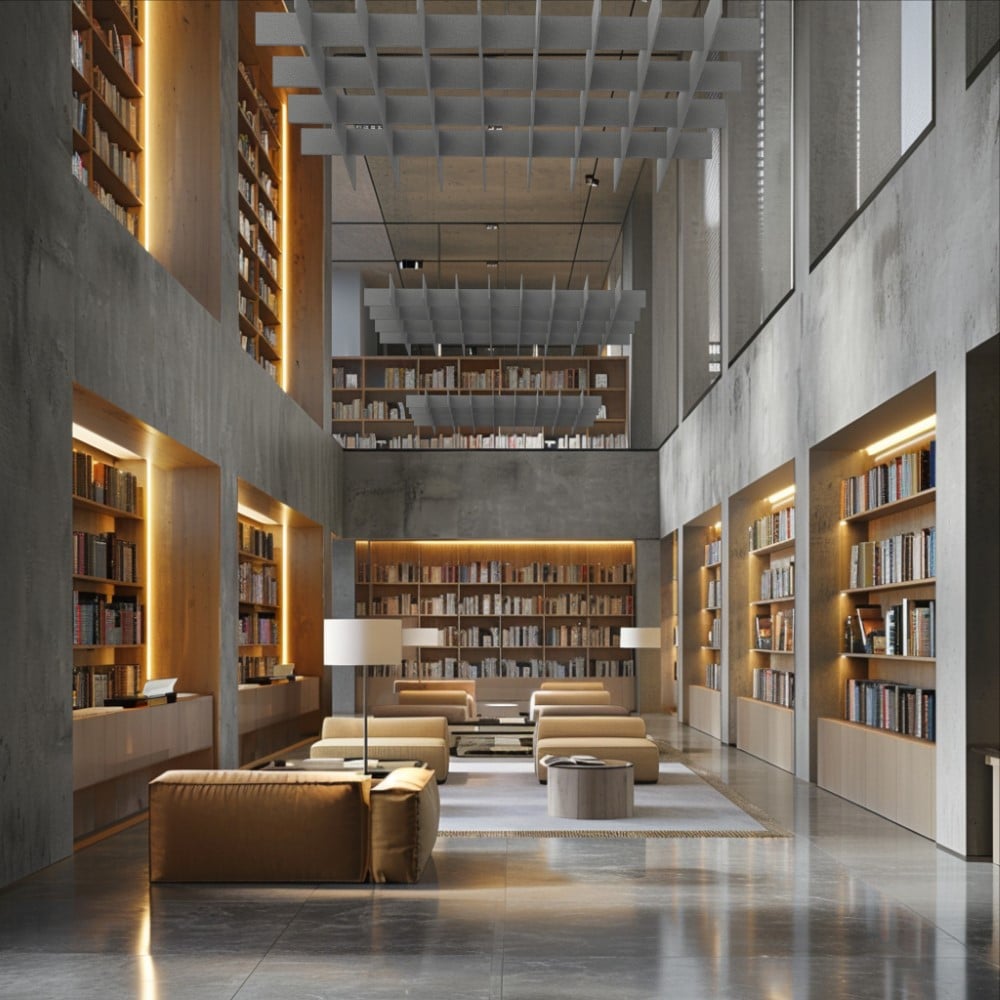
Tailoring Reverberation Control to Different Room Types and Uses
Acoustic design requires a tailored approach, as the optimal reverberation time varies depending on a room’s use and characteristics. In a music studio, shorter reverberation maintains clarity, while concert halls benefit from longer reverberation for an immersive sound.
Factors like volume, materials, and furnishings affect natural reverberation, which designers can fine-tune using acoustic treatments. In open-plan offices, controlling reverberation maintains speech intelligibility, while lecture theatres may use slightly longer reverberation to enhance speaker clarity.
Effective reverberation control requires a nuanced, customised approach that considers each space’s unique needs and constraints.
Measuring and Optimising Reverberation for Ideal Acoustic Performance
Achieving optimal acoustic performance in a space requires careful consideration of reverberation, the persistence of sound after the original source has stopped. This blog post will explore the importance of measuring and optimising reverberation to create the ideal listening environment.
Reverberation time, measured in seconds, is a key metric that indicates how long it takes for sound to decay by 60 decibels within a given space. The optimal reverberation time varies depending on the intended use of the room, with spaces like concert halls requiring longer times compared to offices or classrooms.
Factors such as room size, surface materials, and furnishings all influence reverberation. By accurately measuring reverberation time and making adjustments to the space, acousticians and audio engineers can fine-tune the acoustic properties to meet the specific needs of the application.
Optimising reverberation is crucial for enhancing speech intelligibility, music clarity, and overall sound quality. This process may involve adding sound-absorbing materials, adjusting the room’s geometry, or employing advanced acoustic treatment solutions.
Understanding and managing reverberation is a vital aspect of creating exceptional acoustic environments, whether for professional recording studios, performance venues, or everyday living and working spaces.
Conclusion: Creating Acoustically Balanced Spaces Through Reverberation Management
Achieving acoustically balanced spaces requires careful consideration of reverberation management. The optimal reverberation time ensures that sound energy is neither overly dampened nor excessively prolonged, creating an environment conducive to clear communication and pleasant acoustics.
By understanding the principles of reverberation and applying targeted sound-absorbing and sound-reflecting materials, designers and architects can craft spaces that deliver exceptional acoustic performance. This not only benefits the functionality of the space but also enhances the overall user experience.
Ultimately, the successful management of reverberation is a crucial element in the design of acoustically balanced environments, whether in commercial, educational, or residential settings. By striking the right balance, spaces can be transformed into acoustically harmonious havens that support their intended purposes.
The Acoustics Store Touch
We’re here to walk you through all the options available to improve your environment’s acoustics and help you find the perfect solution with ease.
Our team is bursting with enthusiasm and ready to give some inspiration to your acoustic journey. Whether you’re looking to dial down the noise, keep sound in check, or reduce the echoes, we’ve got you covered every step of the way.
Don’t hesitate to get in touch at info@theacousticsstore.co.uk. We can’t wait to chat and get started on making your space sound just right!
Share This Article :
Transform Your Space with Premium Acoustic Solutions!
THE ACOUSTIC HUB
Explore the World of Acoustics with The Acoustics Hub

Acoustic Insights
Explore expert articles, case studies, and practical tips to master acoustic solutions for any environment. Stay updated with the latest trends and innovations in the world of sound.
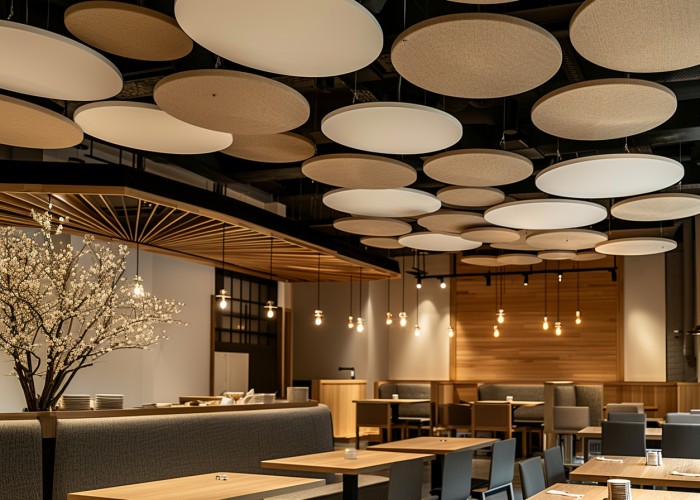
Reverberation Calculator
Quickly calculate the reverberation time for any space and determine the best acoustic treatments. Ensure optimal sound quality with our easy-to-use tool.
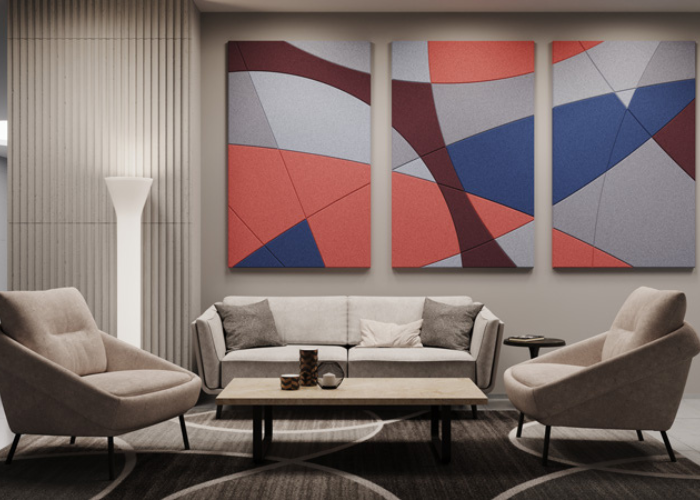
Acoustic Inspiration Gallery
Discover beautiful and effective acoustic solutions through real-life project examples. Get inspired by stylish and functional installations that enhance any space.



